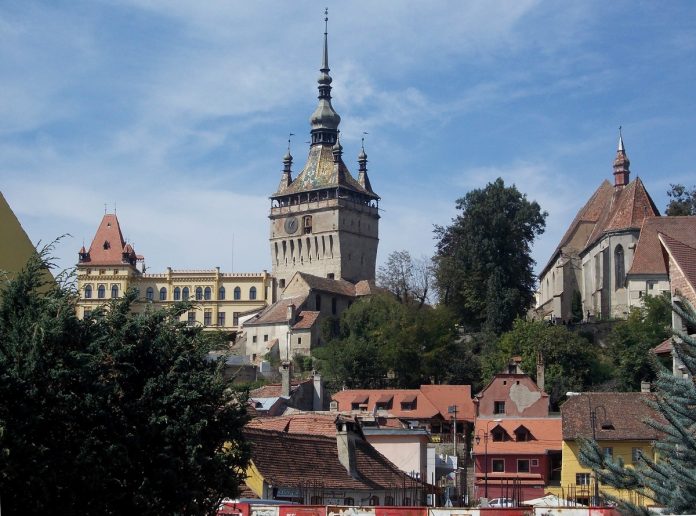The Roman kiln dating back from the 4th century, one of a kind in Romania, discovered during archaeological excavations carried out in 1981, in the settlement of Dealul Viilor, by Professor Radu Harhoiu and Professor Gheorghe Baltag and saved from destruction by a private company, has become the biggest tourist attraction outside the Medieval Sighisoara Citadel, after being exhibited in a glass pavilion on the banks of the Tarnava Mari River, near the Romanian-Orthodox Cathedral, write Agerpres.
The kiln was first exhibited to the public at last year’s Sighisoara Medieval Festival, and since then the Morii Street in the Lower Town has been included in the tourist route.
„The kiln was threatened with destruction in the place where it was discovered, having been excavated in 1982 and stored for the next 24 years in a container in the Citadel. It was then transferred to the city’s brick factory, where it was restored and put on display. In 2020, the new management of the factory announced its intention to return the kiln to the Museum of History in Sighisoara, but the procedures involved several risks related to relocation, the object’s durability, storage and conservation. The kiln was brought to its new location, restored and a protective pavilion was placed around it. It can be visited even at night, as the glass pavilion is illuminated,” Nicolae Tescula, director of the Sighisoara History Museum, told AGERPRES.
In order to present the historical and archaeological context in which it was discovered, the kiln is accompanied by a caption drawn up by the representatives of the Sighisoara History Museum, Nicolae Tescula, historian, and Sorina Parchirie, restorer.




